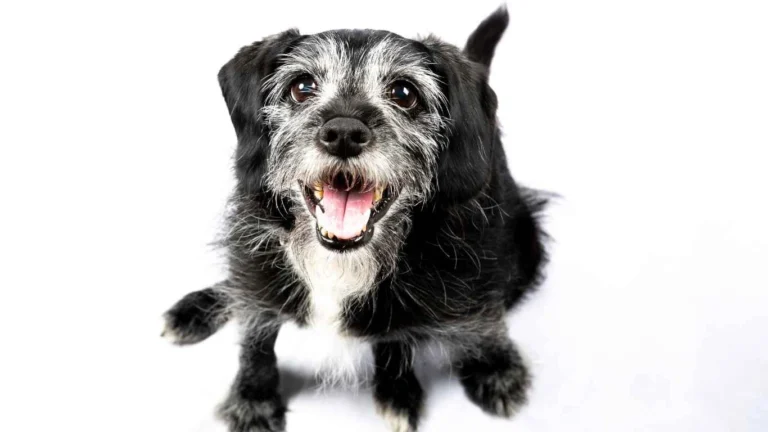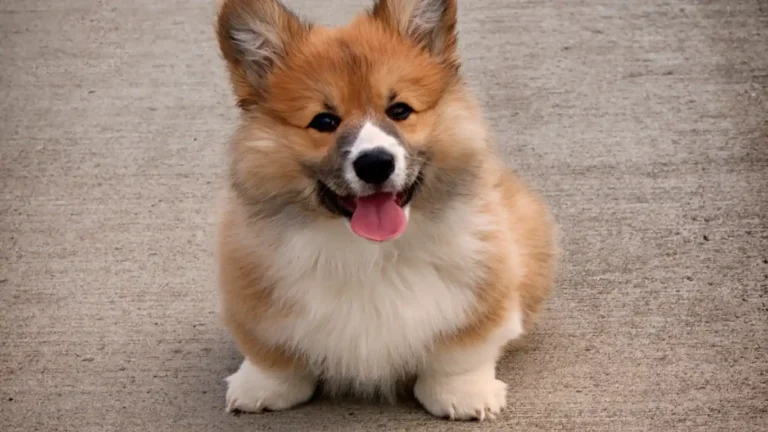How to Keep Your Dog Entertained While Recovering Safely
When your furry friend is sidelined due to surgery or illness, it can be tough to figure out how to keep your dog entertained while recovering. From my years as a Veterinary Technician specializing in nutrition, I’ve seen firsthand how rest and mental stimulation go hand in hand for healing pups. It’s not just about making sure they lie still—it’s about helping them stay engaged without risking their recovery. Trust me, keeping a dog’s mind busy when their body is on pause can feel like a delicate balancing act, but it’s totally doable with the right strategies.
Understanding Your Dog’s Needs During Recovery
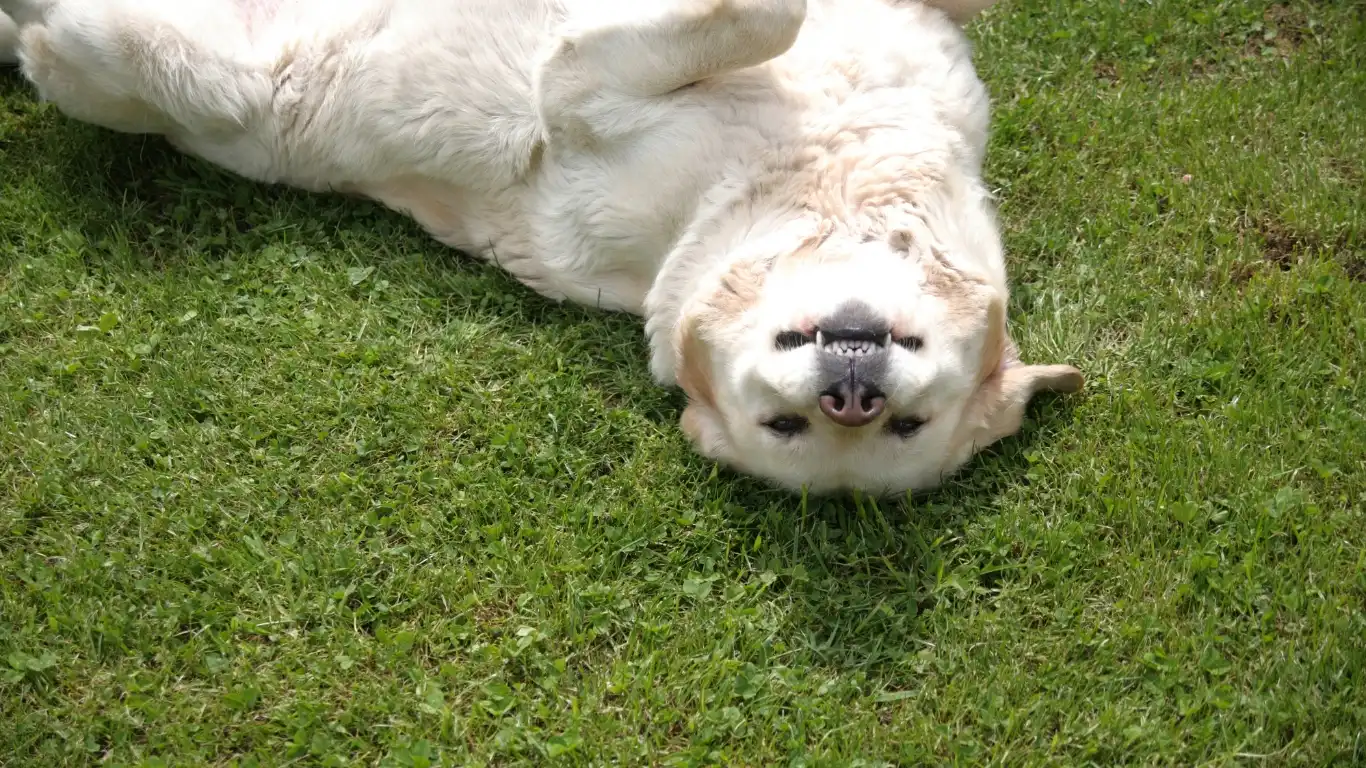
One of the first things I always stress to pet parents is that recovery isn’t just physical. Your dog’s emotional well-being plays a huge role in how quickly and comfortably they bounce back. Dogs are naturally curious and social creatures. When they’re forced to rest, they can easily get bored or anxious, which may slow down healing or cause unwanted behaviors like excessive licking or whining.
From my personal experience, I’ve noticed that dogs who get a little mental engagement during their recovery tend to be calmer and more cooperative with their rehab routines. So the question becomes: how do you keep your dog entertained while recovering without causing them to overexert themselves?
Why Mental Stimulation Matters
Mental exercises help your pup channel their energy in a safe way. Think of it as gentle “brain workouts” that don’t require them to move much physically but keep their minds sharp. In the clinic, I often recommend interactive toys, simple scent games, or even training sessions tailored to the dog’s current limitations.
Plus, engaging your dog mentally reduces stress hormones and boosts endorphins, the natural feel-good chemicals. This can make the whole recovery process a little more pleasant for both of you.
Practical Ways to Keep Your Dog Entertained While Recovering

1. Interactive Toys and Puzzle Feeders
These are absolute lifesavers during recovery. Puzzle feeders or treat-dispensing toys stimulate your dog’s brain as they work to get their snack. They’re great for slowing down fast eaters and keeping your pup busy without requiring much movement.
- KONG toys stuffed with soft treats or peanut butter are a classic example that most dogs adore.
- Puzzle boards that require your dog to nudge, flip, or slide parts to release kibble can keep them engaged for quite a while.
- Just make sure to supervise to avoid frustration or overeating, especially if your dog has dietary restrictions.
2. Scent and Nose Work Games
Dogs naturally love using their noses, and scent work is an easy way to stimulate their minds without any physical strain. A simple game could be hiding small treats around a room and encouraging your dog to sniff them out.
In the vet hospital, we often use this method because it taps into natural instincts and gives dogs a rewarding task. Plus, scent work is calming and can reduce anxiety during recovery.
3. Gentle Training Sessions
If your dog is feeling up to it, short and gentle training exercises can be a fantastic way to keep their brain active. Think basic commands or even teaching a new trick that doesn’t involve much movement—like “touch” or “look.”
This keeps communication strong between you and your dog, reinforces good behavior, and helps burn mental energy without risking their healing process.
Creating a Comfortable and Stimulating Environment
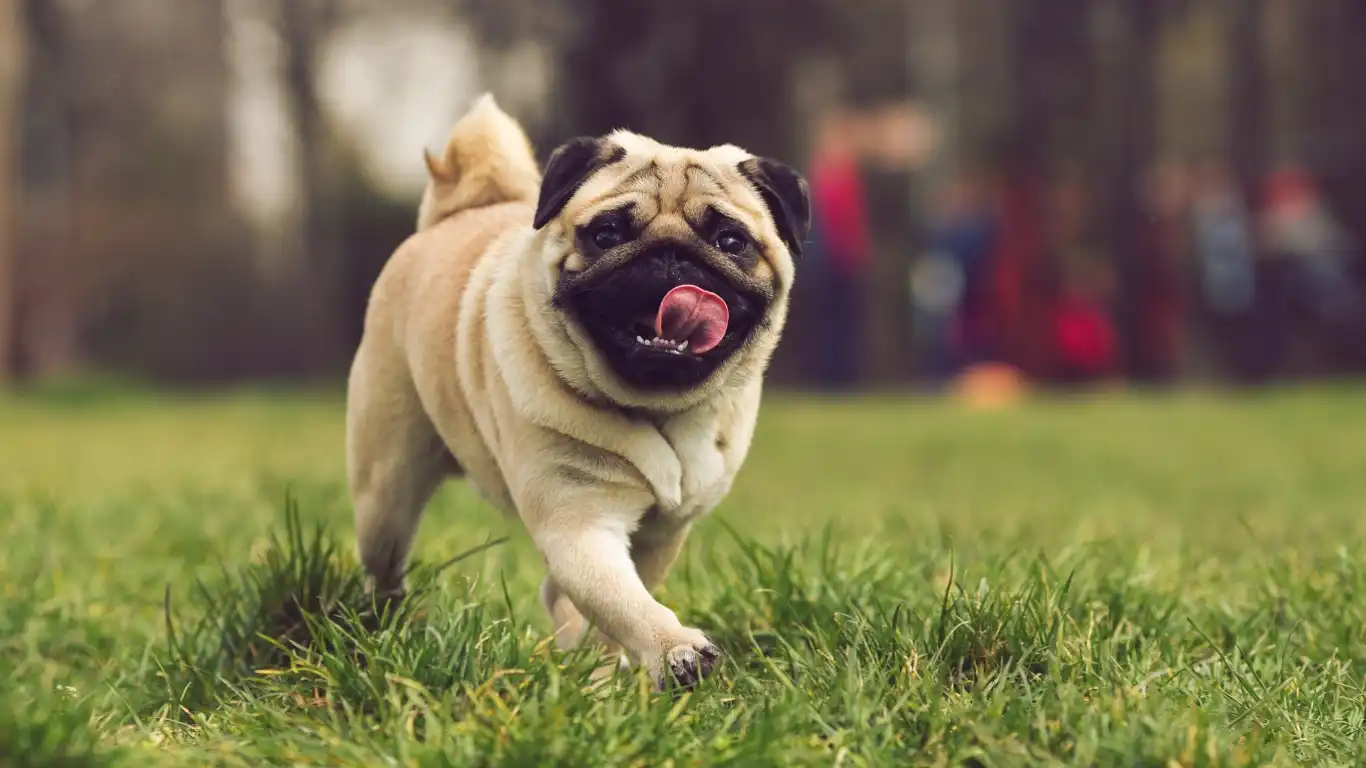
Alongside activities, setting up the right space is crucial. Your dog’s recovery zone should be cozy, quiet, and free from distractions that might encourage too much movement. A comfy bed, accessible water, and some favorite toys within reach are essentials.
In my experience, dogs respond really well when their space feels safe and inviting—it helps them relax and focus better on the mental games you offer.
Low-Impact Activities to Keep Your Dog Engaged
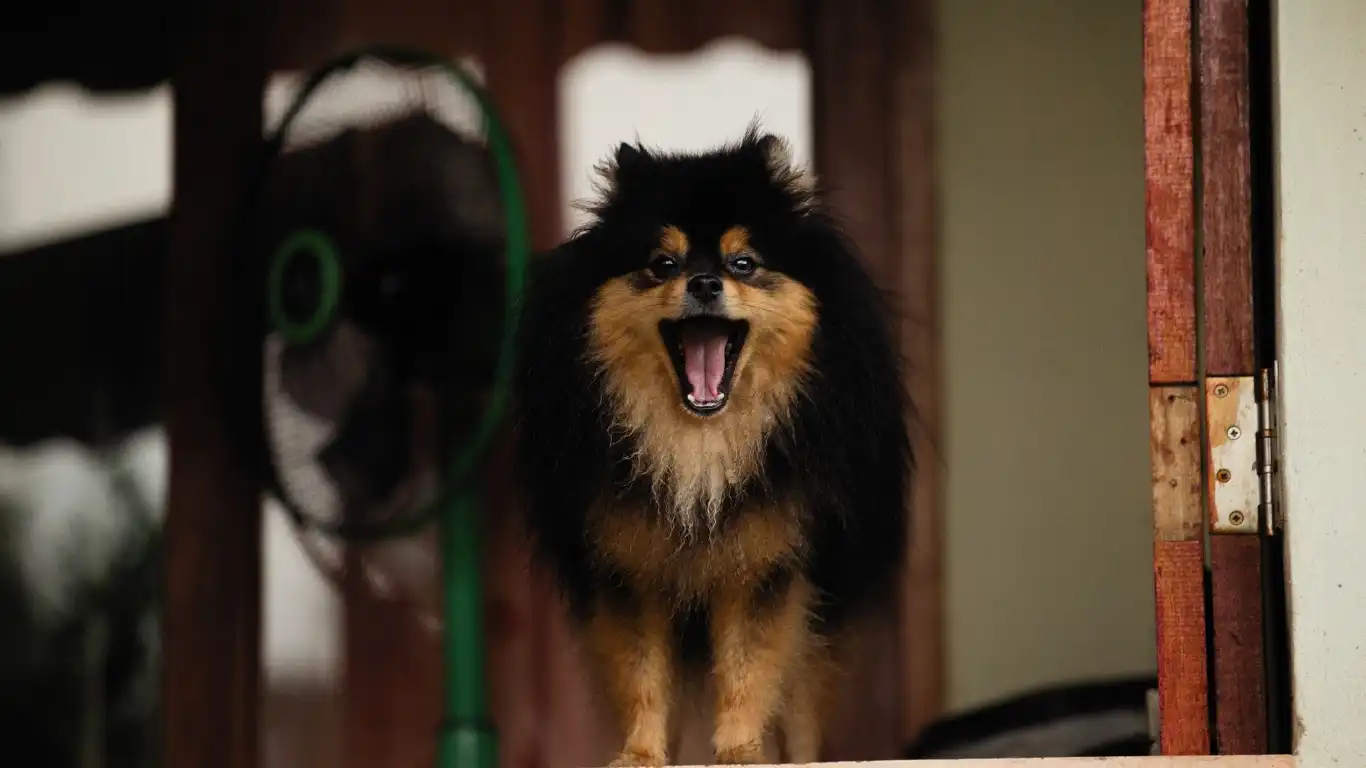
When I worked closely with recovering patients, one thing was clear: you want to avoid anything that might undo the hard work of healing. That’s why low-impact activities are a total game-changer. These keep your dog’s brain busy and their spirits high without pushing their bodies too much.
Chew Toys and Dental Treats
Chewing is a natural behavior that dogs love—it’s soothing and keeps them occupied. From a nutrition standpoint, some dental chews can also help maintain oral health, which is often overlooked during recovery phases. I often recommend vet-approved chew toys or softer dental treats, especially for dogs that need to keep their jaws active but can’t handle hard or crunchy options due to discomfort or medication side effects.
Just a quick tip from my experience: monitor chew time to prevent overdoing it, especially with younger or highly enthusiastic chewers.
Calming Massage and Gentle Touch
Here’s something I wish more pet parents knew: touch therapy is an amazing way to entertain and relax a recovering dog. Simple, gentle massages can help reduce anxiety, improve circulation, and even ease muscle stiffness. I remember one dog, a nervous little terrier, who visibly brightened after just a few minutes of calming strokes.
Try using slow, soothing motions around the neck, shoulders, and back. If your dog enjoys it, this can become a lovely bonding moment that also keeps their mind focused and calm.
Short, Controlled Leash Walks (If Allowed)
If your veterinarian gives the green light, very brief leash walks can provide a change of scenery and some mild stimulation. Even just a few minutes of fresh air can do wonders for your dog’s mood and help prevent cabin fever. Make sure to keep these walks slow and controlled, avoiding any sudden moves or jumping.
In rehab cases I’ve seen, these mini outings were often part of the recovery plan because they offer gentle movement and mental enrichment without overwhelming the pup.
Nutrition’s Role in Recovery and Mental Stimulation
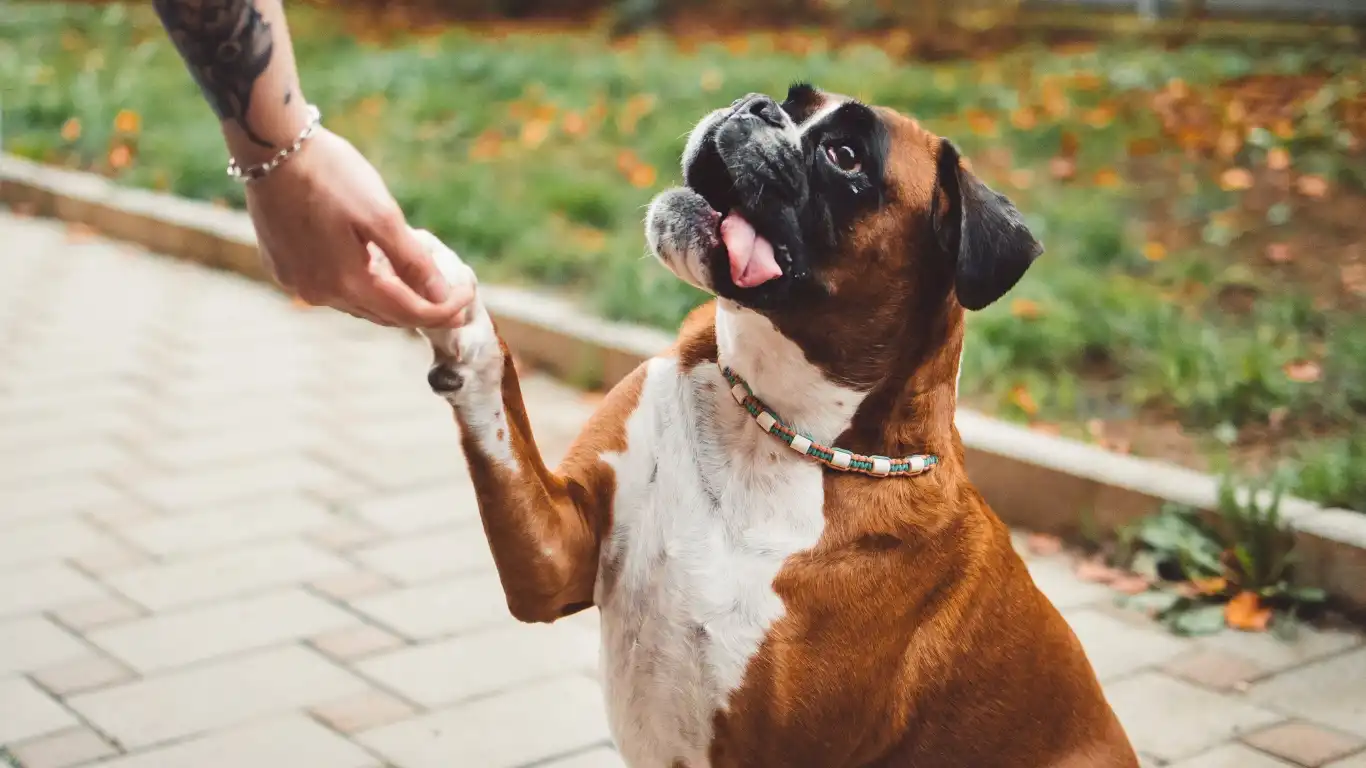
As someone who has specialized in veterinary nutrition, I can’t stress enough how proper diet influences not just physical healing but your dog’s overall energy and mood. Feeding the right nutrients supports tissue repair, immune function, and brain health—all essential during recovery.
Feeding for Energy and Calmness
It’s a fine line between providing enough energy for healing and avoiding excess calories that might lead to weight gain during inactivity. I usually suggest feeding high-quality, nutrient-dense meals that have a balanced profile of proteins, fats, and carbs tailored to your dog’s needs.
Adding supplements like omega-3 fatty acids can help reduce inflammation and support brain function, which may improve your dog’s interest in interactive activities. Of course, always check with your vet before introducing anything new.
Using Mealtime as a Mental Workout
Here’s a little insider trick from the clinic: turn feeding time into a brain game. Instead of just dumping food in a bowl, try scatter feeding or using puzzle feeders as mentioned earlier. This slows down eating and stimulates problem-solving skills.
By making mealtime more interactive, your dog stays mentally sharp and engaged—even during a period when they need to take it easy physically.
Signs Your Dog May Need a Break

Even with the best intentions, it’s crucial to read your dog’s cues. Sometimes, they’ll let you know if they’ve had enough mental or physical stimulation for the day. I always tell pet parents to watch for signs like:
- Increased restlessness or pacing — your dog might be anxious or uncomfortable.
- Excessive panting or whining — could mean stress or tiredness.
- Reluctance to engage — if your dog turns away or seems disinterested, it’s a good time to pause activities.
- Physical signs — limping, stiffness, or unusual behavior should be noted and discussed with your vet immediately.
In my years as a vet tech, I’ve learned that respecting your dog’s limits is just as important as encouraging their recovery. When in doubt, slow down and give them plenty of rest—they’ll thank you for it!
Engaging Your Dog’s Senses for a Fuller Recovery
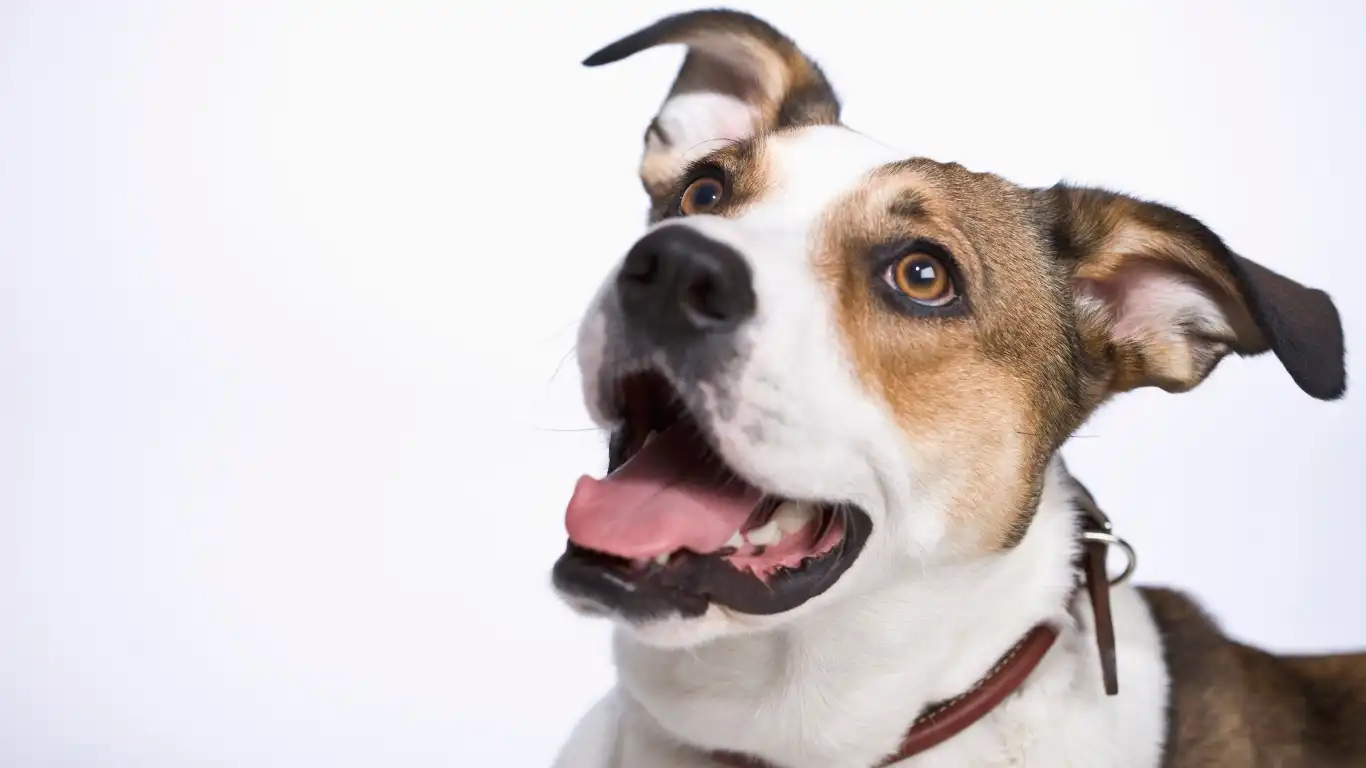
One of the best ways I’ve found to keep dogs entertained during recovery is by engaging their senses beyond just sight and touch. Dogs experience the world mostly through smell and hearing, so incorporating sensory activities can really boost their mood and mental wellness without any physical strain.
Sound Therapy and Calming Music
It might sound surprising, but certain types of music or calming sounds can have a profound effect on your dog’s mental state. At the veterinary hospital where I worked, we often played classical or specially designed “dog relaxation” playlists in recovery wards. Many dogs showed less anxiety and seemed more settled during treatment and healing.
You can create a soothing environment by playing soft, gentle music or nature sounds while your dog rests. This is especially helpful if they get stressed easily or if your home is noisy. It’s a simple yet effective way to provide comfort and keep their brain gently engaged.
Exploring New Scents Safely
As a nutrition-focused vet tech, I love combining scent games with tasty rewards. Introducing new, safe smells around your dog’s recovery space can be a fun way to stimulate their olfactory senses. Try placing herbs like lavender or chamomile (known for their calming properties) nearby, or use scent sachets with familiar smells that bring comfort.
Just remember to avoid anything toxic or overwhelming, and watch how your dog responds to new scents. Some pups might be more sensitive, so start slow and observe.
Involving the Whole Family in Recovery

Recovery is a team effort, and from what I’ve seen, dogs respond best when everyone in the household gets involved. Whether you have kids, a partner, or roommates, encouraging them to participate in gentle play, massage, or training sessions can make your dog feel loved and supported.
It also spreads out the care duties so no one person feels overwhelmed. Plus, dogs thrive on social interaction, so more hands and voices helping means less boredom and loneliness.
Tips for Family Involvement
- Assign simple tasks: Like feeding, gentle brushing, or offering puzzle toys during specific times.
- Keep communication open: Make sure everyone understands your dog’s recovery limits and what activities are safe.
- Celebrate small wins: Positive reinforcement encourages both your dog and family members to stay motivated.
In my years working in clinics, I’ve seen how a supportive home environment can accelerate healing. When your dog feels like part of a team, their attitude improves—and that’s half the battle won.
When to Consult Your Veterinarian
Even with the best intentions and activities, your vet is your ultimate guide during recovery. If you notice any unusual behaviors, increased discomfort, or worsening symptoms, don’t hesitate to reach out. Every dog heals differently, and adjustments to their care plan might be necessary.
Based on my experience, it’s also helpful to have regular check-ins scheduled, especially if your dog had surgery or is dealing with a chronic condition. This way, you can tailor mental stimulation and physical activity safely as they progress.
References
Disclaimer
This article is intended for informational purposes only and does not replace professional veterinary advice. Always consult your veterinarian before starting any new activities or treatments during your dog’s recovery. Individual cases may vary, and your vet will provide guidance tailored to your dog’s specific health needs.



